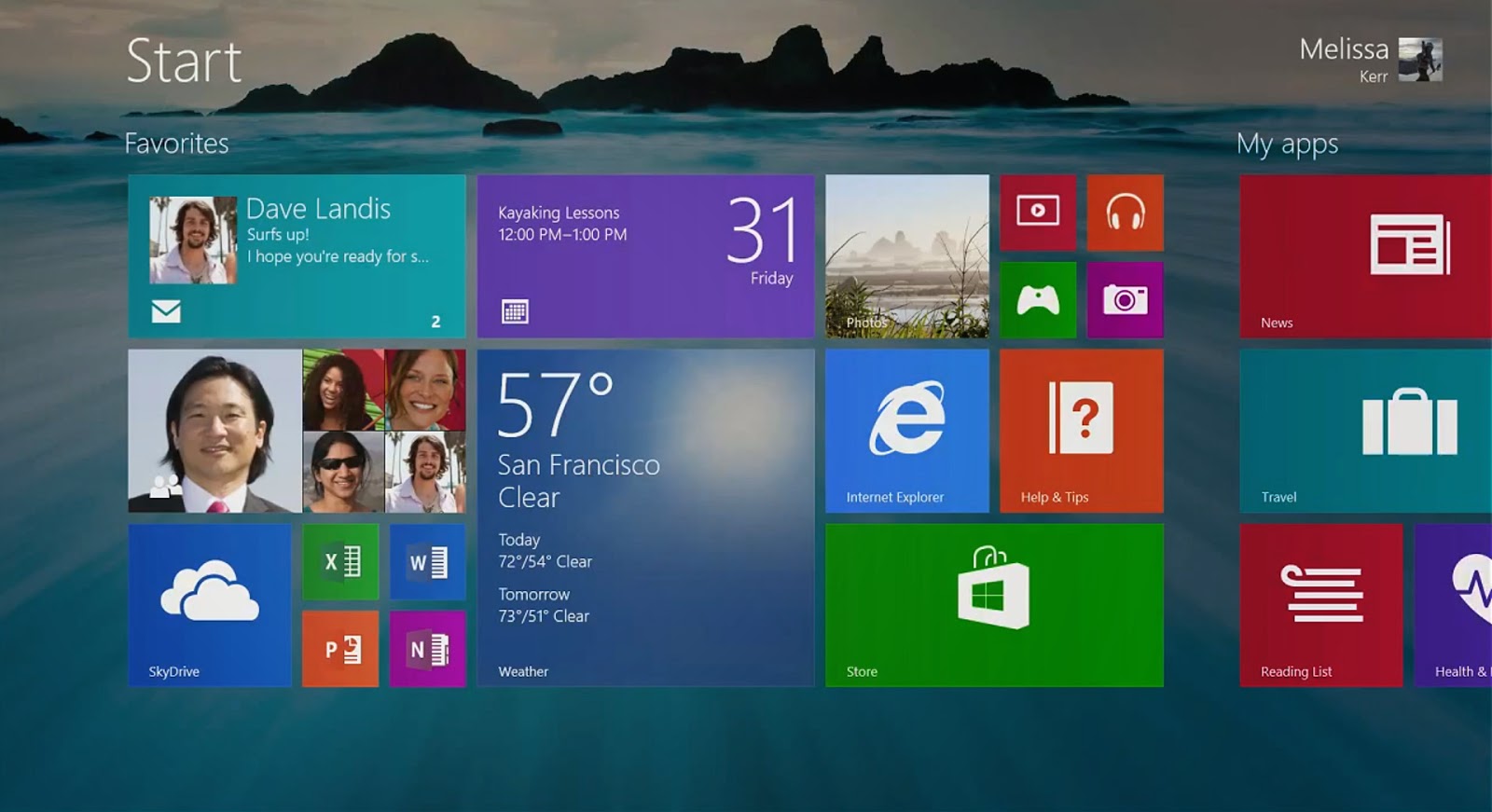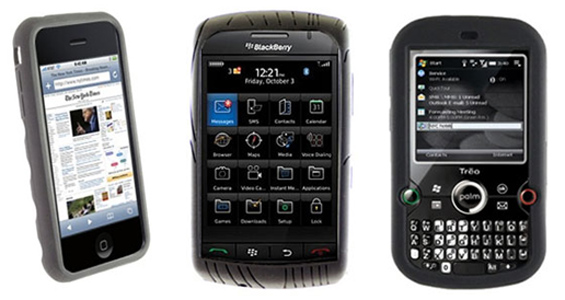Download Aircrack 2 3 Windows From The Outside
We are blessed with the on iPhones today. But no matter what, you will run out of iCloud storage quickly.
One reason is that Apple only offers 5GB of free storage to its iPhone users. So you'll be soon looking for ways to delete photos and videos from iCloud.That's considering you use iCloud to back up and sync pretty much everything on your iPhone.Thankfully, it’s quite easy to free up space by deleting backed up photos on iCloud.
- 0 0 1 40 230 Graphtec America, Inc. 1 1 269 14.0 Normal 0 false false false EN-US JA X-NONE.
- 3 Causes of Broken or Cracked Windows & How to Fix Them. September 30. This is the same for the outside temperature as well. If the outside temperature drops suddenly, your window can crack, much like a hot dish can crack if you fill it with cold water or how ice cubes crackle when you drop them in warmer water. Most commonly seen in.
Aircrack-2.3 Windows - Free download as Word Doc (.doc), PDF File (.pdf), Text File (.txt) or read online for free.
I'm assuming that you have on your iPhone, iPad, or Mac. So, deleting them from any of your devices will also remove them from the iCloud servers. Alternatively, you can visit iCloud.com and delete your photos that way. Delete Photos Using iPhone and iPadOn the iPhone and iPad, open the Photos app, and then visit the. To delete an individual photo, tap and hold the image thumbnail.
On the context menu that shows up, tap Delete. (I bet you know that already.)To remove multiple photos, tap the Select icon to the upper-right corner of the screen. Next, tap to select the photos that you want to delete. Alternatively, tap and drag your finger across the screen to select multiple photos in a single seamless gesture.
Now that's something you might not have known.Follow up by tapping the Trash icon to the lower-right corner of the screen.On the menu that shows up, tap Delete Photos. As per the warning, the photos will be deleted from iCloud.
At the same time, they will get removed from any other iOS and macOS devices that you've signed in with the same Apple ID.To recover any accidentally deleted photos, go to the Recently Deleted section, located within the Album tab. Thankfully, you have 30 days to do that. Recovered photos will be synced back to iCloud and the rest of your devices. Delete Photos Using MacOn your Mac, open, and then select the photo or photos that you want to delete. To select multiple photos, click the relevant thumbnails while holding down the Command key.
Or you can click and drag the cursor over the thumbnails instead to pick them up faster.Afterward, right-click any selected image, and then click Delete Photos. On the confirmation pop-up box that shows up, click Delete again. The photos will be deleted from iCloud, as well as on all of your other Apple devices.If you want to recover any deleted photos, go to the Recently Deleted section underneath Library on the Photos app sidebar. Delete Photos via iCloud.comIf you, then things are a bit tricky. You can’t delete your photos using File Explorer and expect the backup copies to be removed from your iCloud account. The iCloud app only downloads your photos; it doesn’t sync any changes made on Windows devices.However, you can still delete your photos from iCloud quite easily by signing in to iCloud.com using any web browser. You can also do this on a Mac, but using the Photos app is much more convenient.Start by signing into.
On the iCloud.com launchpad, select Photos to access your photo library.Just like on iOS and macOS, you can navigate your entire photo library using the sidebar to the left-side of the screen.To delete a single photo, click on an image thumbnail, and then click the Trash icon to the upper-right corner of the screen.You can also remove multiple images — hold down the Ctrl key (or the Cmd key on Mac) and then click the thumbnails to select them. You can also choose items faster by clicking and dragging the cursor over the thumbnails. Tip: To select all images within an album, press Ctrl+A or Cmd+A. Just be careful that you don't end up selecting any important photos.On the confirmation pop-up box that shows up, click Delete. Your photos will be removed from iCloud and all of your Apple devices.However, downloaded copies of the photos present locally on Windows devices won't be removed. You must delete them manually if you want to get rid of them.To recover any deleted photos, click Recently Deleted on the sidebar of your iCloud.com photo library.
Reclaim Your StorageYour iCloud photo library is bound to fill up with all sorts of junk photos (duplicates, screenshots, etc.). Hence, going on a regular cleaning spree can help out massively when it comes to keeping your storage quota in check.You can also use another cloud storage service and there are. If you opt for one, you will have to completely get rid of all backed up photos.And if you are willing to spend some time, then there are also on your iCloud account.Next up: Take complete control of your data. Here's how to download everything from iCloud.Last updated on 25 Oct, 2019.
Aireplay-ng is used to inject frames.The primary function is to generate traffic for the later use in for cracking the WEP and WPA-PSK keys. There are different attacks which can cause deauthentications for the purpose of capturing WPA handshake data, fake authentications, Interactive packet replay, hand-crafted ARP request injection and ARP-request reinjection.With the tool it's possible to create arbitrary frames.Most drivers needs to be patched to be able to inject, don't forget to read.Usage of the attacks. This section provides a general overview. Not all options apply to all attacks.
See the details of the specific attack for the relevant details.Usage:aireplay-ng For all the attacks except deauthentication and fake authentication, you may use the following filters to limit which packets will be presented to the particular attack. The most commonly used filter option is the “-b” to select a specific access point. For typical usage, the “-b” is the only one you use.Filter options:. Easyshare g600 printer dock. “-R” disables /dev/rtc usage. Some systems experience lockups or other problems with RTC. This disables the usage.The attacks can obtain packets to replay from two sources.
The first being a live flow of packets from your wireless card. The second being from a pcap file.

Download Aircrack 2 3 Windows From The Outside Windows
Standard Pcap format (Packet CAPture, associated with the libpcap library ), is recognized by most commercial and open-source traffic capture and analysis tools. Reading from a file is an often overlooked feature of aireplay-ng.
This allows you to read packets from other capture sessions. Keep in mind that various attacks generate pcap files for easy reuse.Source options:. Optimizing injection speed is more art than science. First, try using the tools “as is”. You can try using the “-x” parameter to vary the injection speed. Surprisingly, lowering this value can sometimes increase your overall rate.You can try playing with the transmission rate.
IE “iwconfig wlan0 rate 11M”. Depending on the driver and how you started the card in monitor mode, it is typically 1 or 11MBit by default. If you are close enough set it up to a higher value, like 54M, this way you'll get more packets per second.
If you are too far away and the packets don't travel that far, try to lowering it to (for example) 1M.Usage Troubleshooting. You enter the command and the command appears to hang and there is no output.This is typically caused by your wireless card being on a different channel then the access point. Another potential cause of this problem is when you are using an old version of firmware on prism2 chipset. Be sure you are running firmware 1.7.4 or above to resolve this. See for more details.
Firmware upgrade instruction can be found.As well, if you have another instance of aireplay-ng running in background mode, this can cause the second to hang if the options conflict.Aireplay-ng freezes while injecting. Symptoms: The injection works but very slowly, at around 30 packets per second (pps). Whenever you start injecting packets, you get the following or similar kernel message:“rtc: lost some interrupts at 1024Hz”This message is then repeated continuously. There are a couple of workarounds. The first workaround is to start another instance of aireplay, then injection would increase to around 300 pps.
The second workaround is to:rmmod rtcmodprobe genrtcor if you have rtc-cmos enabled in your kernel:rmmod rtcmodprobe rtc-cmosThere is no solution at this point in time, just the workarounds. See this.Slow injection rate in general. After entering an aireplay-ng command similar to:aireplay-ng -1 0 -e horcer -a 00:50:18:4C:A5:02 -h 00:13:A7:12:3C:5B ath0You get a message similar to:The interface MAC (06:13:F7:12:23:4A) doesn't match the specified MAC (-h).ifconfig ath1 hw ether 00:13:A7:12:3C:5BThis occurs when the source MAC address for injection (specified by -h) is different then your card MAC address. In the case above, the injection MAC of 00:13:A7:12:3C:5B does not match the card MAC of 06:13:F7:12:23:4A. In some cases, but not all, this will cause injection to fail. That is why it gives you this warning.
So it is always recommended that your injection MAC match the card MAC address.Detailed instructions on changing the card MAC address can be found in the FAQ:.Hidden SSIDs '. A typical example of this message is: “mon0 is on channel 1, but the AP uses channel 6”This means something is causing your card to channel hop. Possible reasons is that failed to start airodump-ng locked to a single channel. Airodump-ng needs to be started with “-c.Another reason is that you have processes such as a network manager or wpasupplicant channel hopping. You must kill off all these processes. See for details on checking what is running and how to kill the processes off.General.

Most modes of aireplay-ng require that your MAC address be associated with the access point. The exception being client disassociation, injection test and fake authentication modes. You must either do a fake authentication to associate your MAC address with the access point or use the MAC address of a client already associated with the AP.
Failure to do this means that the access point will not accept your packets. Look for deauthentication or disassociation messages during injection which indicates you are not associated with the access point.
Aireplay-ng will typically indicate this or it can be done using tcpdump: “tcpdump -n -e -s0 -vvv -i ”. You can filter it by piping it to grep with something like `tcpdump -n -e -s0 -vvv -i ath0 grep -E “DeAuth assoc”'. Another method to confirm that you can communicate with the AP is to ensure you receive ACK packets to each packet you transmit. In wireless communication, the receiver must acknowledge every packet received with an “ACK” packet.
It is a mandatory part of the wireless communication protocol. By sniffing without filters on the wireless channel, you should see the “ACK” packets. Review a capture with wireshark or tcpdump. Alternatively you do this in real time with “tcpdump -n -vvv -e -s0 -i ”.
Failure to receive any ACKs from the AP means it cannot hear you. Thus you are physically too far away.